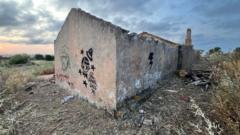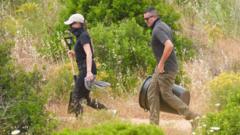The discovery of a leather boot on Everest may hold answers to the 1924 disappearance of climbers Andrew Irvine and George Mallory.
Potential Clue to 1924 Everest Mystery Unearthed

Potential Clue to 1924 Everest Mystery Unearthed
A boot found on Everest might belong to a climber who vanished a century ago, possibly solving a long-standing mystery.
A group of climbers, part of a National Geographic team, recently unearthed what could be a key piece of evidence in one of mountaineering’s oldest mysteries. The find was made near Everest's north face - a well-preserved brown leather boot branded with “A.C. Irvine,” belonging to Andrew “Sandy” Irvine, who disappeared along with George Mallory in their 1924 quest to become the first climbers to reach Everest’s summit.
This accidental discovery, made as the crew stumbled upon the boot poking through the ice, reignites questions about whether the duo reached the summit over two decades before Edmund Hillary and Tenzing Norgay's successful 1953 ascent. Irvine, aged 22, was known as a skilled engineer but new to high-altitude climbing. His fateful climb with Mallory remains shrouded in mystery, as neither man returned from the expedition.
The shoe's presence on the glacier underscores the harsh and often perilous conditions confronting Everest explorers. For many, questions linger regarding whether the frozen remnants of that lost expedition could yield further secrets, potentially rewriting a significant chapter in the annals of mountaineering history.
This accidental discovery, made as the crew stumbled upon the boot poking through the ice, reignites questions about whether the duo reached the summit over two decades before Edmund Hillary and Tenzing Norgay's successful 1953 ascent. Irvine, aged 22, was known as a skilled engineer but new to high-altitude climbing. His fateful climb with Mallory remains shrouded in mystery, as neither man returned from the expedition.
The shoe's presence on the glacier underscores the harsh and often perilous conditions confronting Everest explorers. For many, questions linger regarding whether the frozen remnants of that lost expedition could yield further secrets, potentially rewriting a significant chapter in the annals of mountaineering history.






















